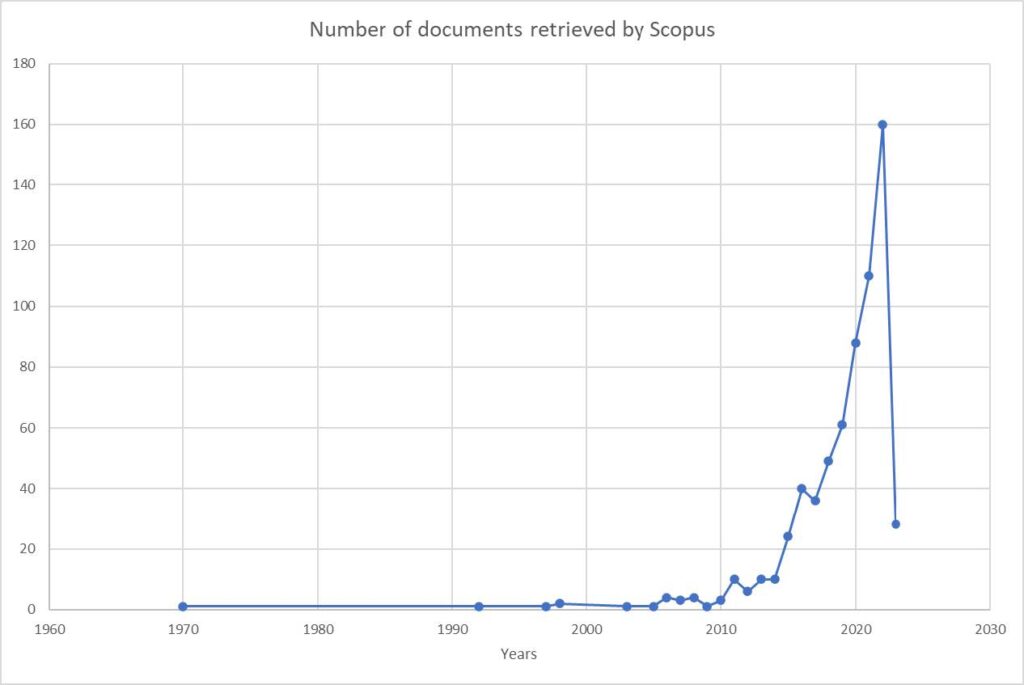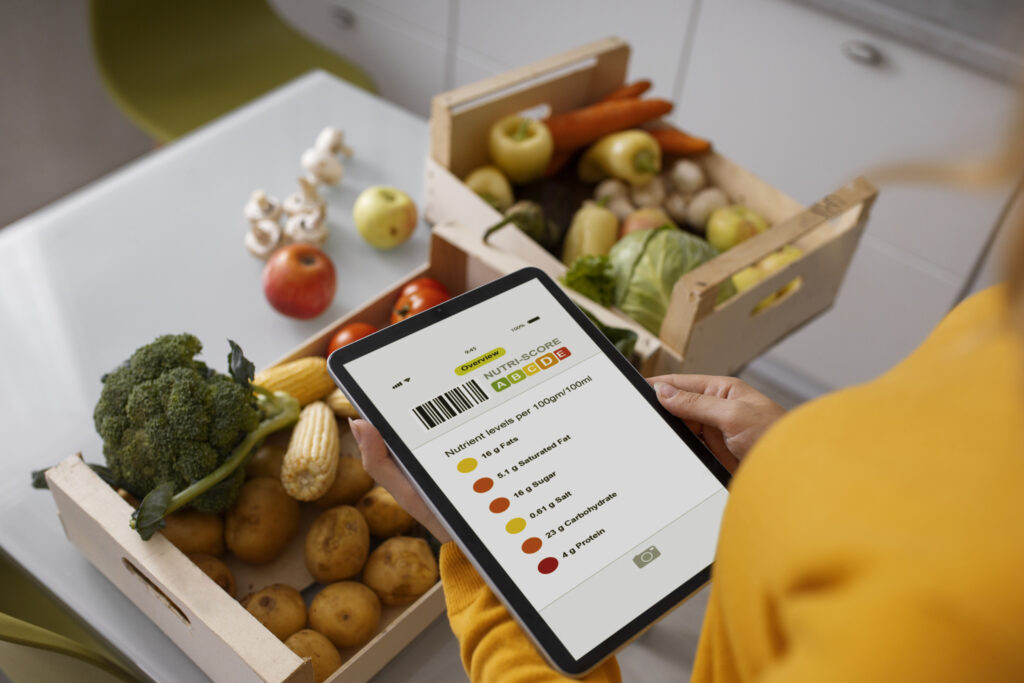By Paula Silva
Food and nutrition literacy are critical concepts that have acquired increasing attention in recent years. Food literacy comprises a variety of connected knowledge, skills, and actions to determine, manage, pick up, prepare, and consume food. It is having the capacity to make decisions that improve one’s health and contribute to a sustainable food system while considering all social, environmental, cultural, economic, and political variables [1–5]. Nutrition literacy is the degree to which a person can obtain, process, and gras basic dietetic information and services to make healthy food choices. It entails understanding nutritional concepts and having the capacity to comprehend, evaluate, and apply nutrition information, i.e., to be aware of the nutrients and their impact on health. It concerns an individual’s ability to gather, comprehend, and apply dietary data from various sources. Nutrition literacy also involves knowing how foods are metabolized, how they affect health, and how to use this knowledge to make good decisions [5–9]. According to Krause et al. (2016), food and nutrition literacy are distinct types of health literacy [5]. The authors claimed that nutrition literacy is the competence to understand fundamental nutritional knowledge, which is a prerequisite for a range of abilities classified as food literacy. The authors recommended the use of food literacy rather than nutrition literacy since it is more inclusive and comprises the knowledge and abilities required for healthy and responsible eating [5].

Growth of publications. The query used in the title, abstract, and keywords was: “Nutrition literacy” OR “food literacy” OR “nutritional literacy”.
In recent years, there has been a remarkable surge in research focusing on food and nutrition literacy, indicating a growing recognition of its importance. Despite this recognition, limited research has been conducted on food and nutrition literacy intervention programs. Without effective intervention programs, the practical application of food and nutrition literacy remains limited, and its impact on improving eating habits and public health outcomes is questionable. It is crucial to address this gap and to conduct further research to identify effective interventions and approaches that contribute to different populations and settings. An analysis of the most cited articles revealed the profound impact of studies that provide comprehensive definitions of food and nutrition literacy and introduce holistic approaches. However, we should be concerned about the generalizability of existing intervention programs. If the effectiveness of these programs is not sufficiently tested across different contexts, it is uncertain whether they can be successfully implemented on a larger scale.
Original papers aimed to measure the effects of an intervention program aimed at increasing food or nutrition literacy.

These studies emphasize the broader dimensions of food and their intricate relationships with overall well-being. They have played a pivotal role in reshaping the understanding of food/nutrition literacy and redirecting research towards more comprehensive and practical perspectives. To bring about meaningful changes, there is an urgent need for additional research to improve policies and practices in this critical public health area. It is imperative to bridge the gaps in defining and measuring food and nutrition literacy and identify interventions that are truly effective. Moreover, it is essential to consider the broader context and societal implications of food consumption. Improving individual knowledge and skills may not be sufficient to overcome the barriers created by factors such as food accessibility, affordability, and marketing tactics employed by the food industry. Therefore, a critical perspective should consider the broader context and societal implications of food consumption, including the need for policy change and structural intervention. In doing so, we can promote healthy eating habits and effectively address diet-related health issues. To ensure the success of food/nutrition literacy programs, it is crucial to measure their outcomes and impact. By evaluating these results, we can assess the effectiveness of these programs and make informed decisions to enhance their success. This emphasis on measurement underscores the importance of evidence-based approaches and the need for continual improvements in food and nutrition literacy initiatives. Moreover, it is necessary to discuss the challenges and limitations of conducting research to measure intervention program efficacy and enhance policies and practices. Evaluating the impact of intervention programs can be complex, requiring rigorous study designs and long-term follow-up.

In conclusion, this study highlights the critical need for practical action to enhance food and nutrition literacy. It emphasizes the importance of not only conducting research and identifying effective interventions but also bridging the gap between research and practice. These findings underscore the significance of implementing programs, changing policies, and measuring outcomes to make meaningful progress in promoting healthy eating habits and addressing diet-related health issues. By focusing on the practical aspects of food and nutrition literacy, we can translate knowledge into action that has a tangible impact on public health. Through these practical efforts, policies, practices, and interventions can be improved, ultimately leading to positive changes in individuals’ dietary behaviors and overall well-being.
Read more all at: https://doi.org/10.3390/foods12142751
References
- Kolasa, K.M.; Peery, A.; Harris, N.G.; Shovelin, K. Food Literacy Partners Program: A Strategy To Increase Community Food Literacy. Top. Clin. Nutr. 2001, 16, 1–10.
- Block, L.G.; Grier, S.A.; Childers, T.L.; Davis, B.; Ebert, J.E.J.; Kumanyika, S.; Laczniak, R.N.; Machin, J.E.; Motley, C.M.; Peracchio, L.; et al. From nutrients to nurturance: A conceptual introduction to food well-being. J. Public Policy Mark. 2011, 30, 5–13. https://doi.org/10.1509/jppm.30.1.5.
- Vidgen, H.A.; Gallegos, D. Defining Food Literacy, Its Components, Development and Relationship to Food Intake: A Case Study of Young People and Disadvantage. 2012, Unpublished. Available online: https://eprints.qut.edu.au/216311/ (accessed on 14 March 2023).
- Vidgen, H.A.; Gallegos, D. Defining food literacy and its components. Appetite 2014, 76, 50–59. https://doi.org/10.1016/j.appet.2014.01.010.
- Krause, C.; Sommerhalder, K.; Beer-Borst, S.; Abel, T. Just a subtle difference? Findings from a systematic review on definitions of nutrition literacy and food literacy. Health Promot. Int. 2016, 33, 378–389. https://doi.org/10.1093/heapro/daw084.

